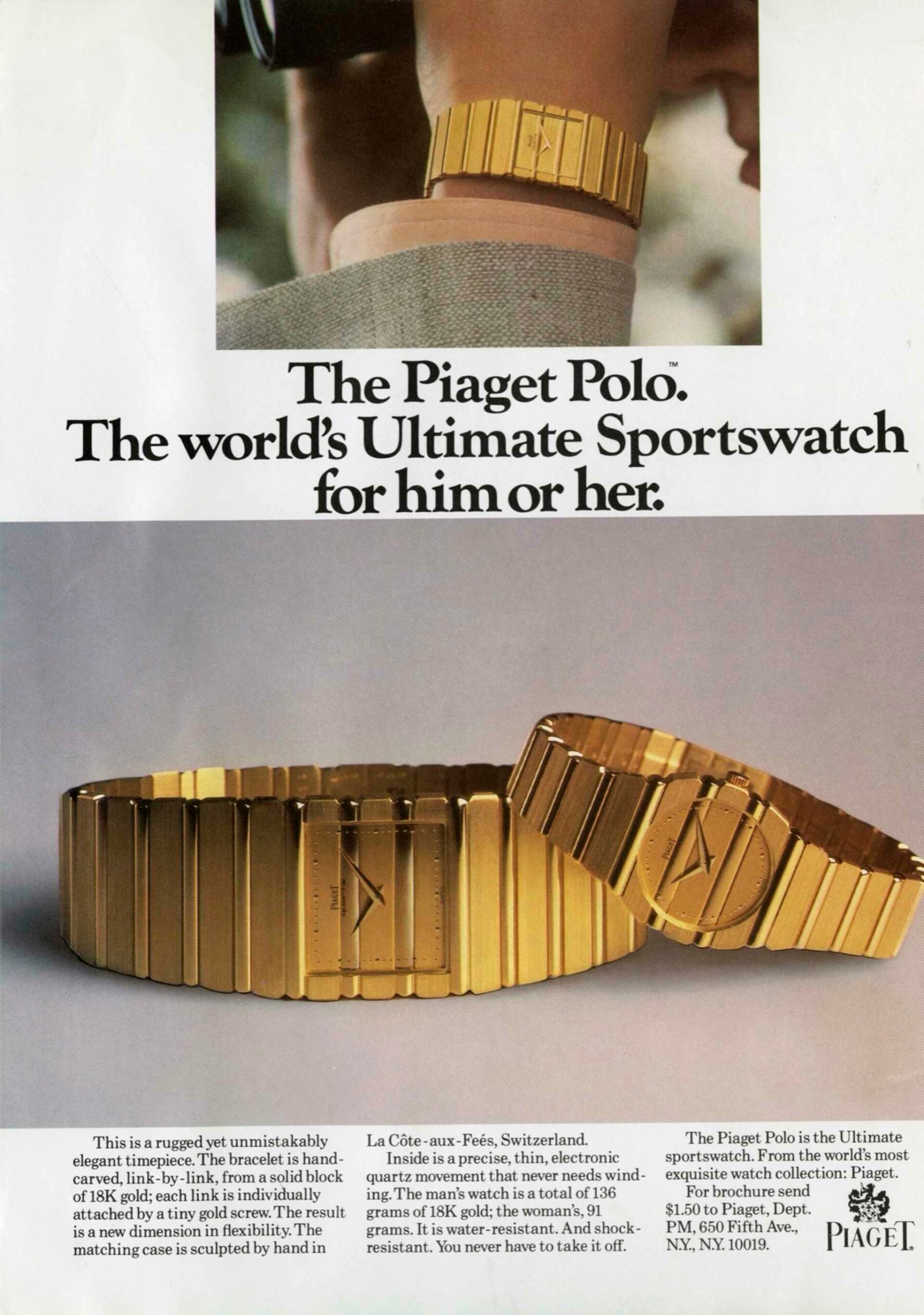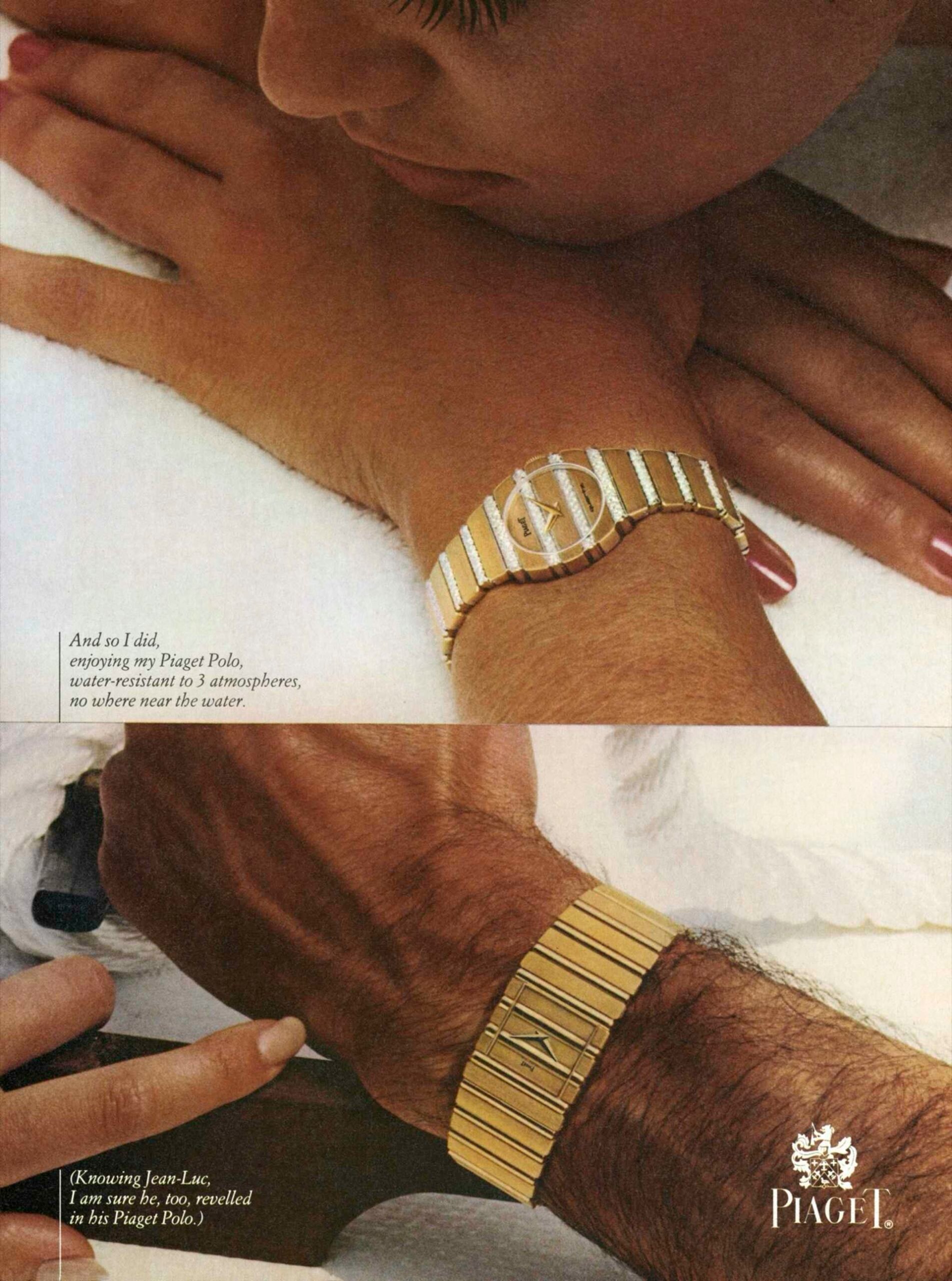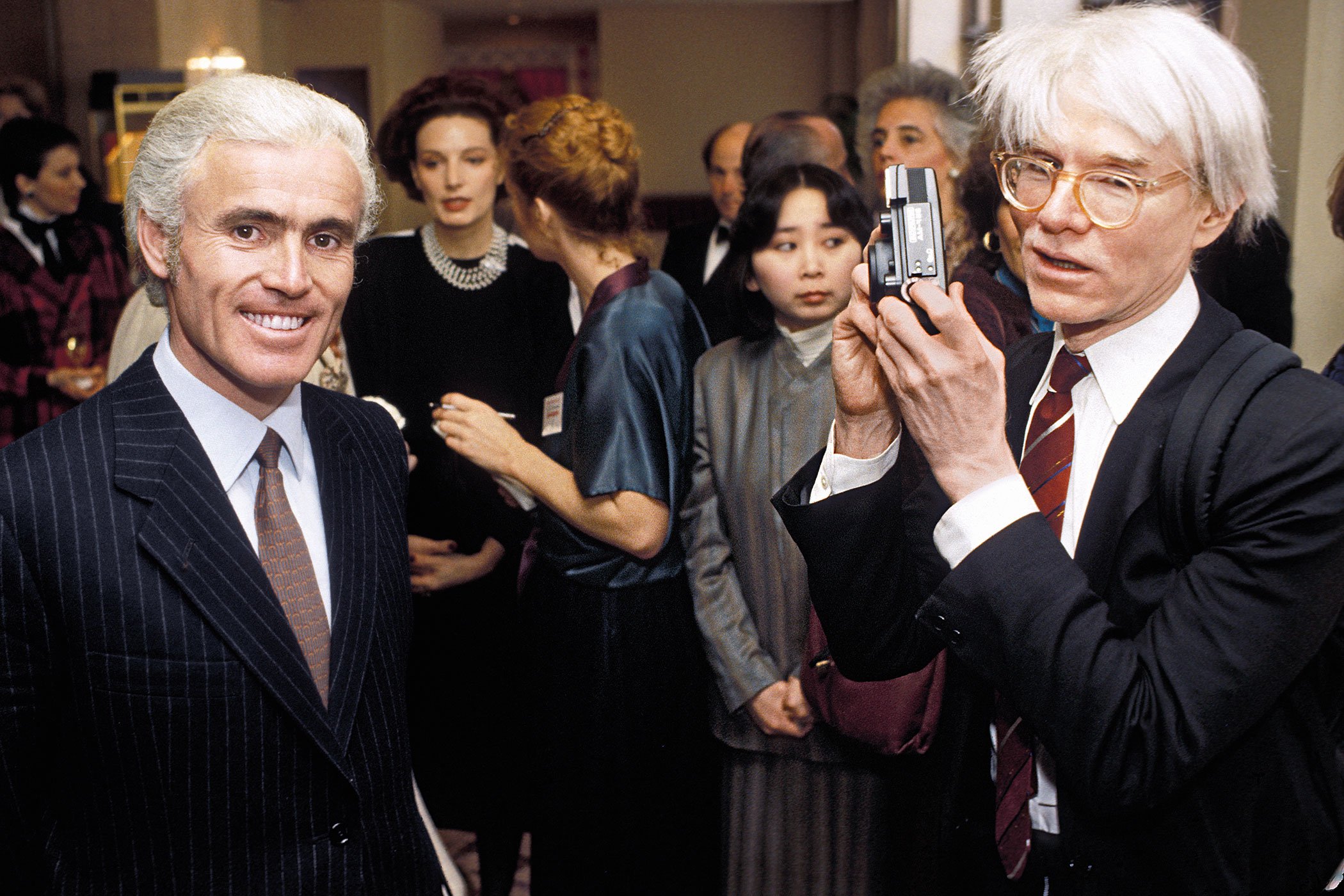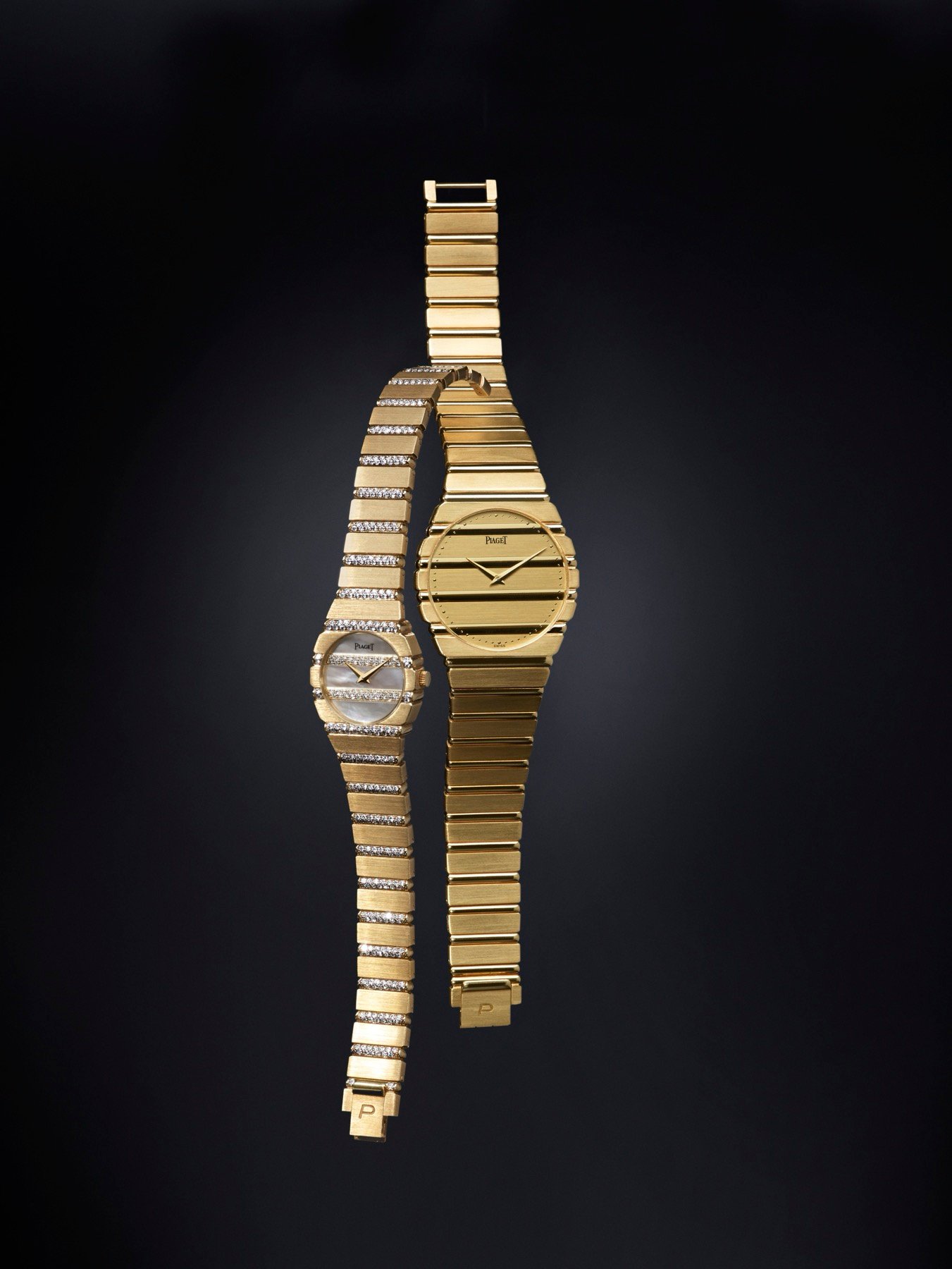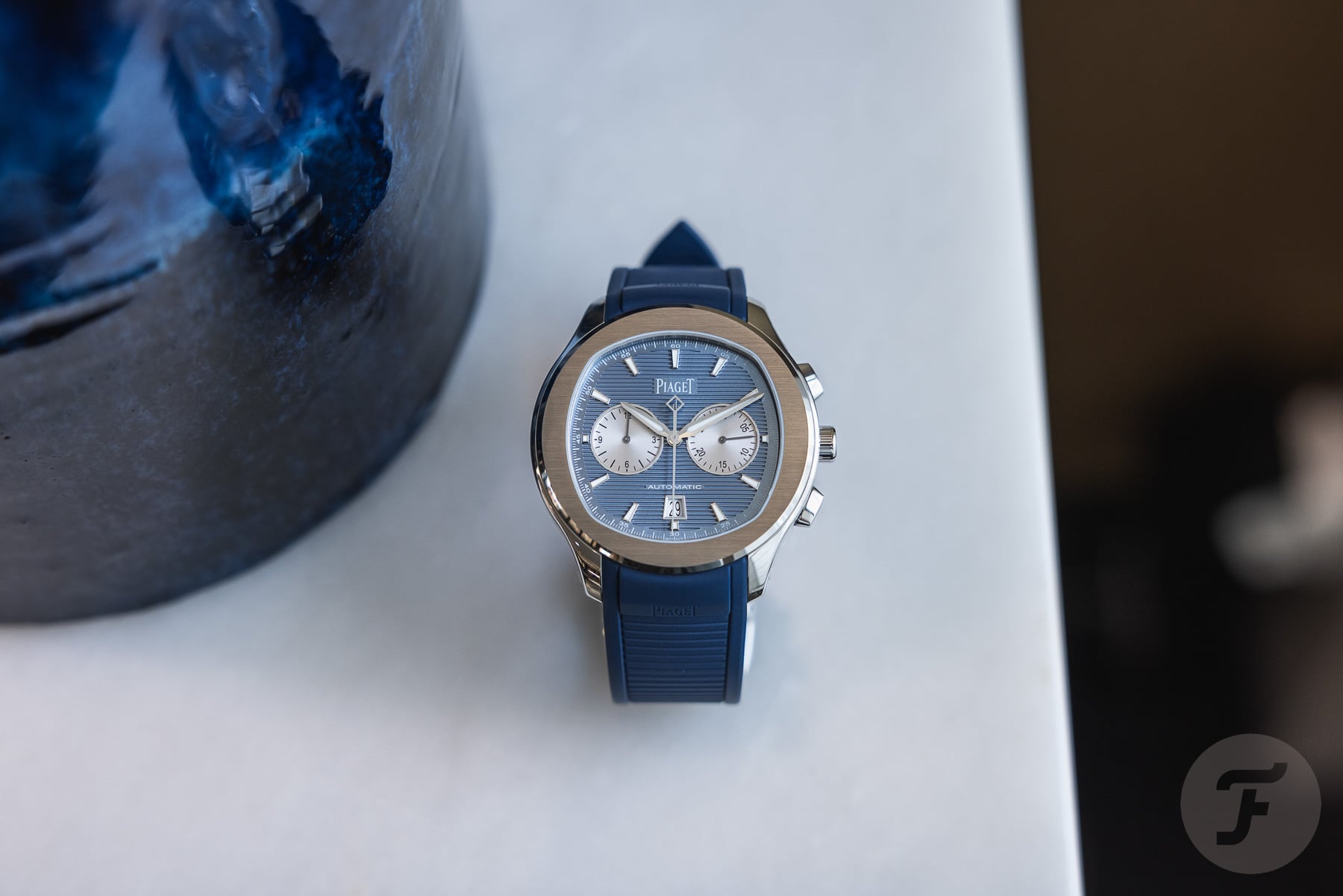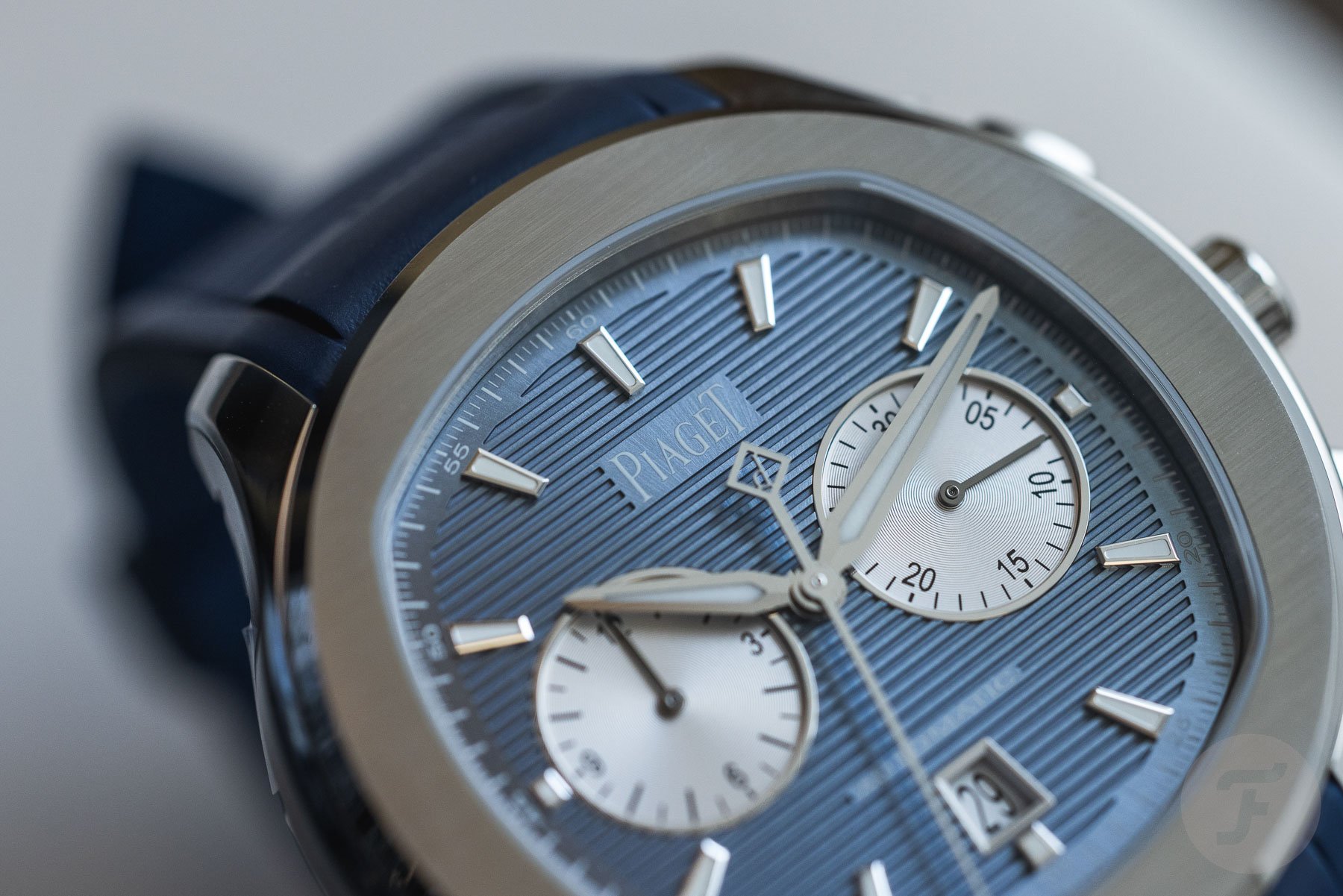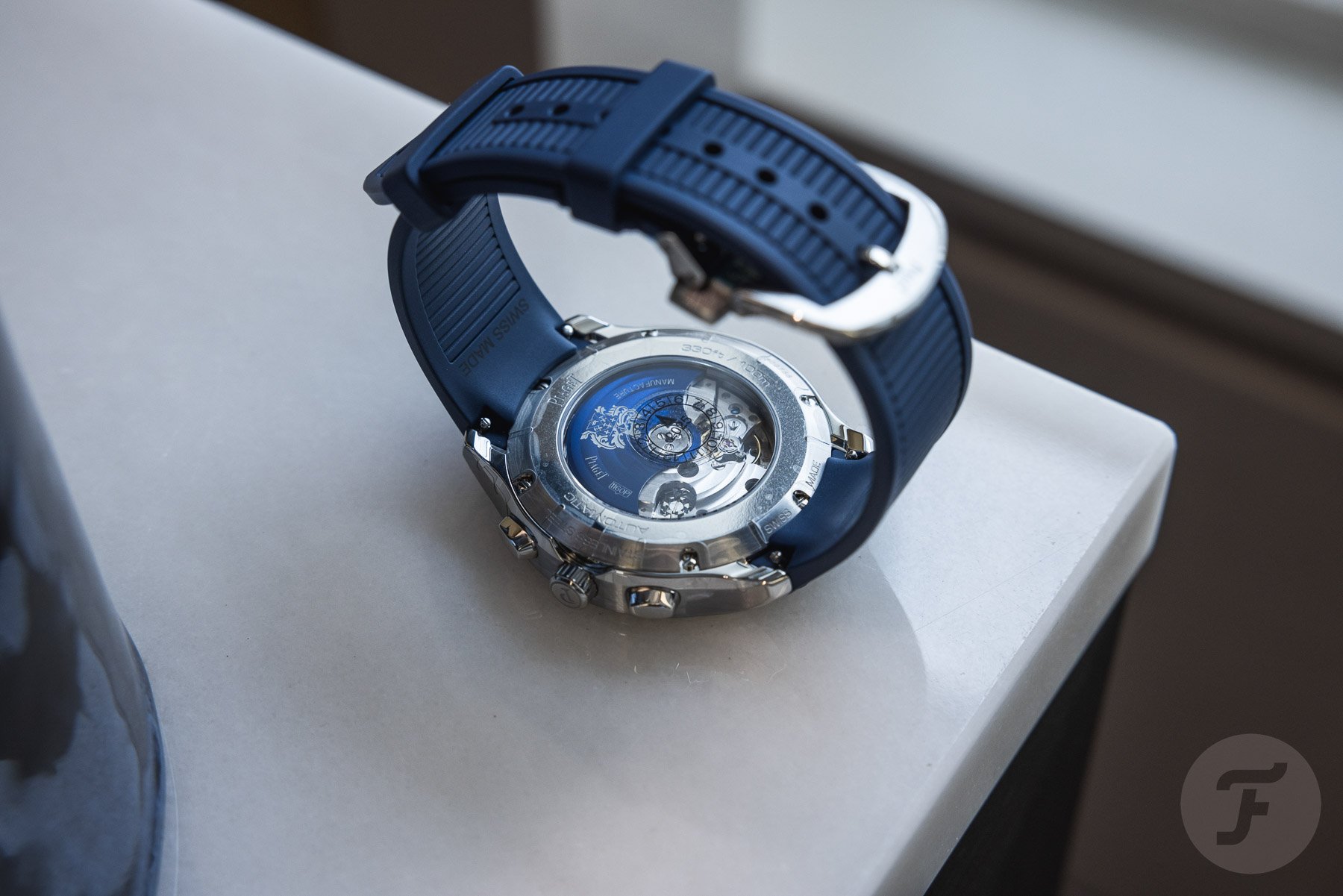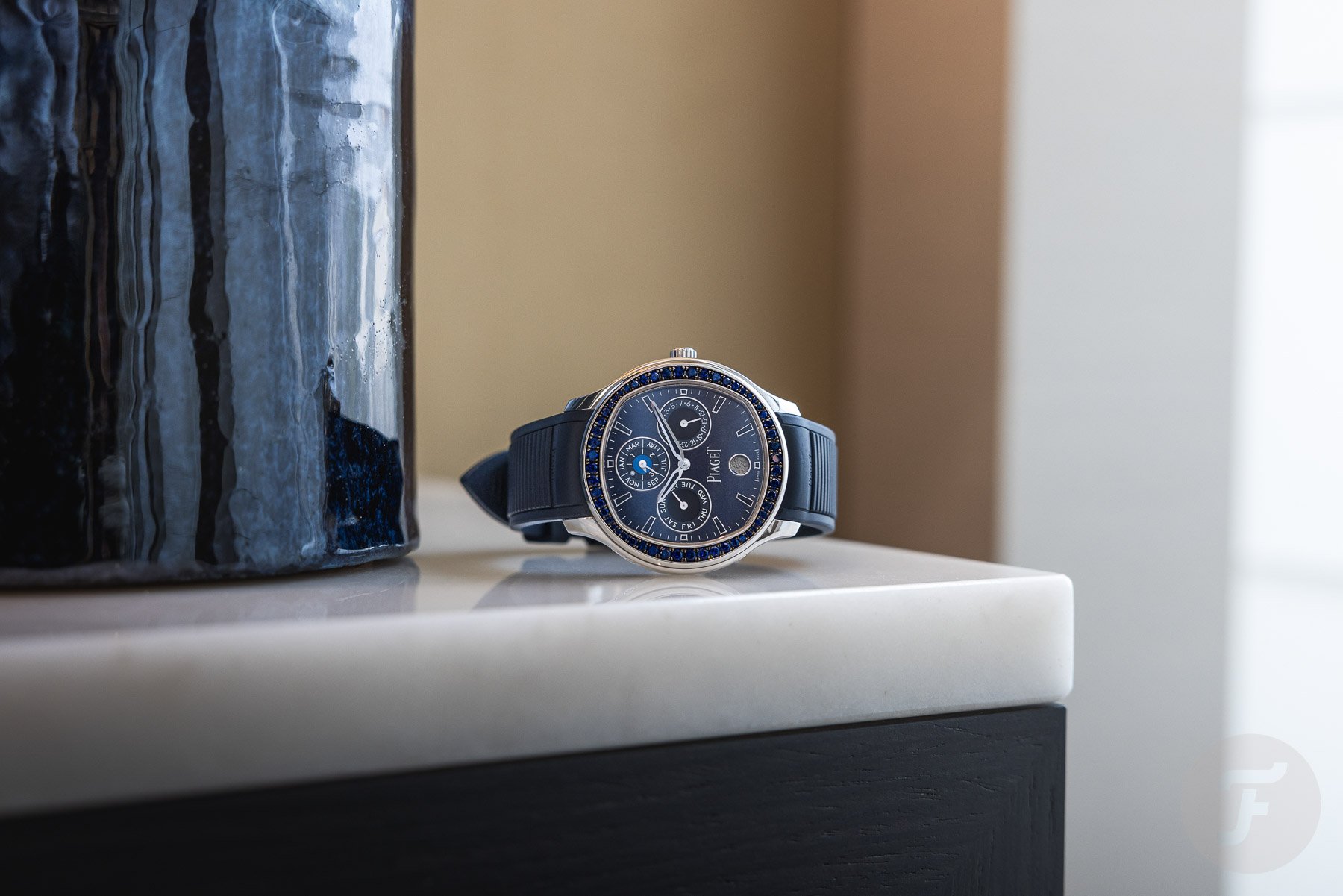The Piaget Polo Then And Now: From Vintage To Vogue
You probably know Piaget as the maker of the legendary Polo collection, which has swung back into the limelight since its 2016 revamp. Did you know that when the Polo premiered in 1979, it was never intended to be simply a sports watch? Cue the famous quote from its creator Yves G. Piaget: “The entire Polo philosophy can be summed up in one sentence: it’s a watch bracelet rather than a mere wristwatch.”
The fourth-generation heir of the family firm might have recognized the promise in the Genta-designed sports-luxe timepiece integrated with a bracelet in the early ‘70s. But by 1979, Monsieur Piaget had certainly conceived his very own version of a sophisticated go-anywhere watch. His first Polo enjoyed immediate success with the rich and famous, which propelled it to nothing less than a status symbol of its time.
The statement piece
Yves Piaget named the watch after the elite sport due to his ties to the equestrian world and the glamour surrounding it. It was a market where he saw the changing tastes of the affluent society, which was beginning to favor a more carefree, informal luxury. Beginning as a quartz model featuring Piaget’s in-house caliber 7P, the world’s smallest quartz movement at the time, it was a watch that could easily adjust the hour hand to change time zones for the jet set.
Designed for both him and her, the first Polo was available exclusively in solid gold. The watch bracelet could be styled easily with any attire in all glitzy settings. Remember that quartz watches were super trendy back then (and practically decimated the market for mechanical watches). The Polo was not only exceptionally precise but also achingly cool. Mike came across a vintage original a couple of years ago and shared it with us here.
Over the years, the Piaget Polo graced the wrists of luminaries including Andy Warhol, Roger Moore, Björn Borg, and Nancy Reagan. Its distinctive “gadroon” design — a pattern of horizontal textured grooves across the bracelet, case, and dial — sculpted in precious metals, garnered a slew of high-profile endorsements. However, things took a quieter turn after the brand, in 1988, joined the Cartier Group, which became Vendôme Luxury Group and now Richemont.
The transformational years
Then in 2001, the Piaget Polo made a comeback with a larger size and bold Arabic numerals. Amid the overhaul, its gadroons and integrated bracelet maintained a clear link to the original 1979 model. This time, it was crafted in white and yellow gold, featuring a date display at the 6 o’clock position. The most significant change, however, was the interior. For the first time, a mechanical movement was at the heart of the Polo.
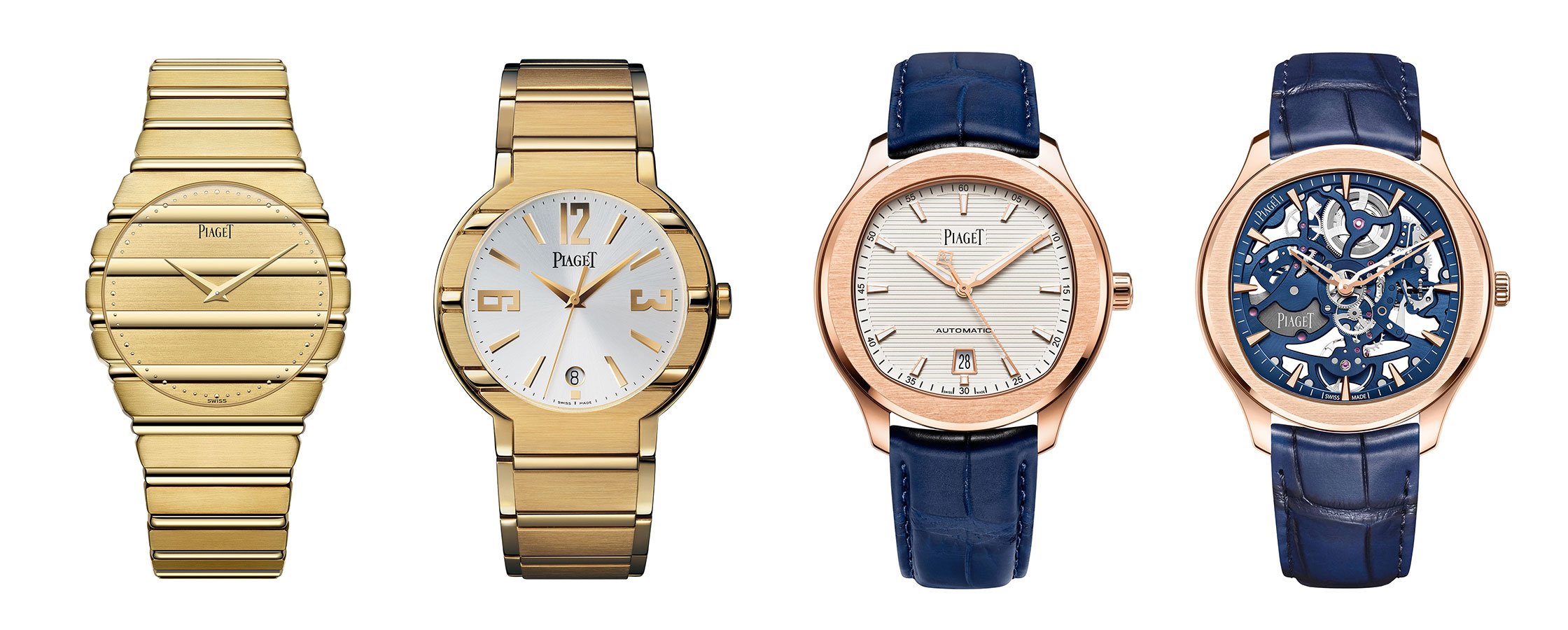 Perhaps the 2000s redesigns lacked a certain magic touch to become the next statement pieces. Nevertheless, it was a decade when the manufacture made a flurry of mechanical advancements to lay the groundwork for what was to come. Notably, it garnered ten world records for the 21 ultra-thin movements it developed, including the 1200P caliber, and created a flyback chronograph for the next-generation Polo.
Perhaps the 2000s redesigns lacked a certain magic touch to become the next statement pieces. Nevertheless, it was a decade when the manufacture made a flurry of mechanical advancements to lay the groundwork for what was to come. Notably, it garnered ten world records for the 21 ultra-thin movements it developed, including the 1200P caliber, and created a flyback chronograph for the next-generation Polo.
The 21st-century reboot
Entering a new era with a bang, the Piaget Polo resurfaced in 2016 after a complete facelift. It certainly divided opinions as a total departure from its original form, with some calling it a lookalike of or a cross between the Royal Oak and the Nautilus. However, the aesthetic aimed to reclaim the collection’s rightful position in the “luxury sports watch” segment. And the new Polo certainly carries enough merits to reestablish itself and win hearts. As they say, no publicity is bad publicity.
The arrival of the Polo S coincided with the manufacturer’s 150th anniversary. The “S” stands for steel, indicative of the material used for its case and bracelet. This all-steel sporty watch features fine horizontal grooves on the dial, echoing the classic gadroon lines. Beyond that, it bears no resemblance or direct lineage to the original Polo.
Since introducing the time-and-date model and a chronograph, Piaget has expanded the Polo collection over the past seven years. A skeleton watch then came along to highlight the house’s skill in engineering and finishing. Two Perpetual Calendar Ultra-Thin models also joined the lineup this year, which we covered here. True to Piaget’s history of slim designs, the watches have a svelte 8.65mm profile, making them the second thinnest in the Polo series.
Back in vogue
Since its inception, the Piaget Polo has epitomized luxury chic. Under the leadership of CEO Benjamin Comar, Piaget has infused a renewed sense of extravagance and elegance into the Polo line, a concept it has aptly named “extraleganza.” In parallel, the entry-level models continue to entice with colors, dial patterns, and Cartier-based movements like the 1110P and 1160P for more accessible pricing.
The often headline-grabbing Piaget Polo has survived and thrived through the decades to become a mainstay in the landscape of luxury watches. Many watch enthusiasts, including me, have very different mental compartments for the original models and the new ones. Nevertheless, it’s fascinating to see how the brand has woven its illustrious past with contemporary appeal to remain relevant in the market. As a perennial bestseller, there’s a spirited allure about the Polo that’s hard to ignore.
This is a preferred-position post. Learn more.


